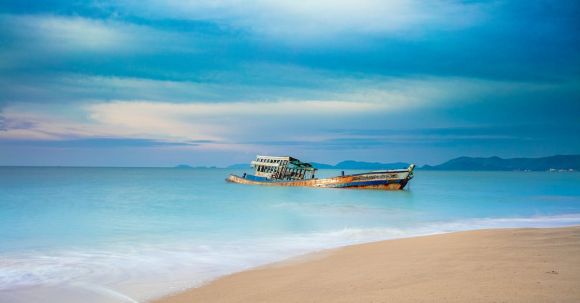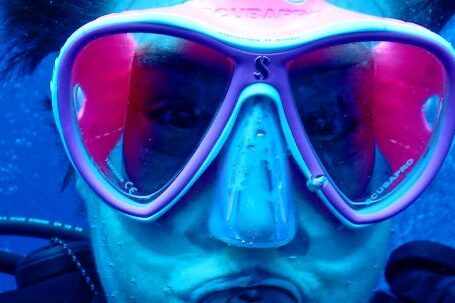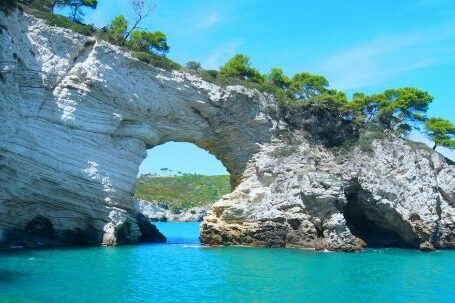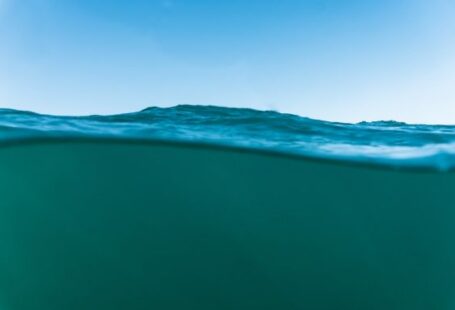Exploring shipwrecks is an exciting and captivating activity for divers. It offers a unique opportunity to delve into history and witness the remnants of past maritime adventures. However, it is crucial to approach these dives with care and respect for the environment. In this article, we will explore how to dive famous shipwrecks while preserving the delicate ecosystems they have become.
Understanding the Importance of Preservation
Shipwrecks are not just remnants of the past; they also serve as artificial reefs that support a diverse array of marine life. Coral reefs, sea anemones, and sponges often attach themselves to the structures, creating habitats for fish, crustaceans, and other marine organisms. Therefore, it is vital to dive responsibly to avoid damaging these fragile ecosystems.
Proper Equipment for Shipwreck Dives
When diving shipwrecks, it is crucial to have the appropriate equipment to ensure both safety and preservation. Dive with a buoyancy control device (BCD) to maintain neutral buoyancy, preventing accidental contact with the wreck. Additionally, use a dive knife or shears to free yourself from entanglement in fishing lines or nets that may be present around the wreck.
Avoid Touching or Removing Artifacts
While exploring shipwrecks, resist the temptation to touch or remove artifacts. Even seemingly harmless actions, such as touching or moving objects, can disrupt the delicate balance of the wreck’s ecosystem. Remember, shipwrecks are protected by law in many areas, and removing artifacts is illegal and unethical.
Responsible Photography and Videography
Capturing the beauty of shipwrecks through photography and videography is a fantastic way to share your experience with others. However, it is essential to do so responsibly. Avoid disturbing marine life or damaging the wreck while setting up your equipment. Maintain a respectful distance from delicate structures and refrain from using flash photography, as it can harm marine organisms.
Respect Marine Life
Shipwrecks often attract a wide variety of marine species, from colorful fish to elusive octopuses. As a responsible diver, it is essential to respect the natural behavior of these creatures. Observe from a distance, without disturbing or chasing them. Avoid feeding marine life, as this can disrupt their natural feeding patterns and create an unhealthy dependence on humans.
Practice Good Buoyancy Control
Maintaining good buoyancy control is paramount to preserving shipwrecks and their surrounding ecosystems. Poor buoyancy control can result in accidental contact with the wreck or damage to marine life. Take the time to practice buoyancy control before attempting a shipwreck dive, ensuring you can maneuver smoothly and safely.
Support Conservation Initiatives
Many organizations and initiatives work tirelessly to preserve shipwrecks and their surrounding environments. Consider supporting these efforts through donations or volunteering. By contributing to conservation initiatives, you can help protect these remarkable underwater time capsules for future generations to enjoy.
Conclusion: Exploring History with Care
Diving famous shipwrecks allows us to step back in time and witness the remnants of maritime history. However, it is our responsibility as divers to explore these sites with care and respect for the environment. By following the guidelines outlined in this article, we can enjoy the wonders of shipwreck diving while preserving the delicate ecosystems that have developed around them. Let us embrace the adventure while leaving behind only footprints and memories.





